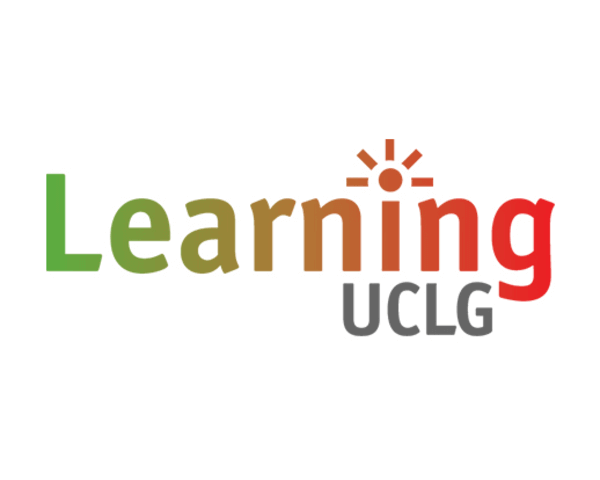Status
ongoing
50%
City
Santa Fe
Main actors
City Government
Project area
Whole City/Administrative Region
Duration
Ongoing since 2021
In response to the COVID-19 pandemic and acknowledging the historical exclusion of the deaf community from traditional communication channels, the Municipality of Santa Fe has launched a new accessibility program. The Module of Attention and Guidance in Argentine Sign Language (LSA) provides deaf citizens a streamlined communication channel with the municipality, accessible via WhatsApp video calls, website chats, or in person interactions. This initiative aims to ensure equitable access to government services for all residents.
This case study was contributed by the UCLG Learning Team: learning@uclg.org
The UCLG Learning Peer-Learning Note #30 on Building Cities for All: Inclusive and Accessible Cities and Territories is available here.
On Map
The Map will be displayed after accepting cookie policy



